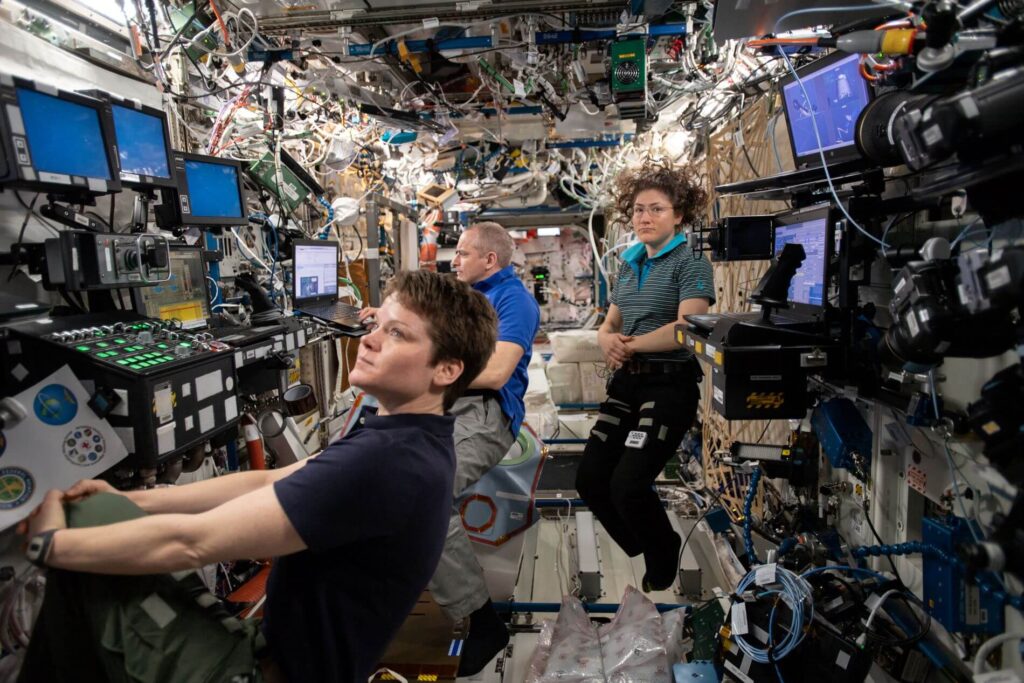Astronauts have long been a source of inspiration. They undergo a stringent selection process and are subjected to difficult training courses. Not to mention that they often risk their lives in the quest to advance human knowledge. While this painstaking process is not necessarily applied to astronaut tourists, we can also be captivated by their expeditions.
However, during the early days of spaceflight, the industry caused controversy regarding gender representation. The first woman in space, Russian cosmonaut Valentina Tereshkova, flew in 1963. But her flight did little to diversify the male-dominated field. Subsequently, it was not until two decades later when the second woman, Svetlana Savitskaya, eventually made it to space. Even then, female astronauts were not common until the Space Shuttle program, which began in the early 1980s.
So, how has the proportion of women astronauts changed since then? Let’s consider the data.
Firstly, the chart below represents a number of people who have flown to space each year since 1961. The data does not only reflect the initial flight, but the subsequent flights of each astronaut. This represents the total volume of space-faring. Secondly, for the purposes of this article, ‘astronaut’ also incorporates ‘cosmonaut’ and ‘taikonaut’. Additionally, only flights that have crossed the Kármán line, the internationally recognized boundary of space, have been included. In short, the graph represents each time a person crossed the edge of the space.
One interesting trend highlighted by the chart above is the rise and fall in total space traffic. For example, the introduction of the Space Shuttle in 1981 saw a significant increase in the number of astronauts. In 2011, when the space plane was retired, an equally significant drop-off occurred. In between those dates, two further dips are visible in the data. These are the result of the Challenger and Columbia disasters, which occurred in 1986 and 2003 respectively. Following both events, all Space Shuttles were grounded for more than two years.
Launches of the Russian Soyuz spacecraft have more or less remained regular since the 1960s, but became more frequent in the 2000s. In addition, the Chinese program began to pick up speed. Commercial programs, including SpaceX Crew Dragon, Virgin Galactic Unity and Blue Origin New Shepard, also began transporting people to space in recent years.
As a result, 2021 is on track to have the largest number of spacefarers since the Shuttle’s retirement, despite the latest Unity flights not crossing the Kármán line. As this article went to print, 14 people flew to space this year. By December, that number is expected to rise to 24, with crewed Crew Dragon, Soyuz and Long March 2 launches scheduled for the coming months.
One thing worth noting is that the yearly astronaut headcount has fluctuated throughout the years, which has made it difficult to gauge the proportion of male to female astronauts from the graph above. However, a clearer example, which represents the percentage of female astronauts, has been included below.
From this graph, we can see that 2019 experienced the highest proportion of women astronauts (33%). But the chart also suggests that female participation in space programs is far from certain.
Since 2000, there have been three full years where female astronauts did not fly to space. The last year where this occurred was 2017, which is very recent history.
Several further observations can be made to highlight this gender disparity. For example, the overall proportion of female astronauts has not increased since the mid-1980s, fluctuating between one-third and zero and, often, barely scratching the one-fifth barrier. Additionally, each dip in the total number of space flights has resulted in the decrease in female representation.
Following both Space Shuttle disasters, fewer female astronauts were making it to space. In the mid-2010s, fewer flights also meant that the percentage of women decreased.
However, an overall increase in astronauts in 2021 should see a far stronger representation of female astronauts. There are 24 people expected to fly to space this year, a quarter of which are women.
Many negative conclusions can be drawn from these figures. However, if we were searching for positives to take away, it appears that the sector is changing. Now, in order to move forward, further questions about gender equality should be raised for improvements to be made.

